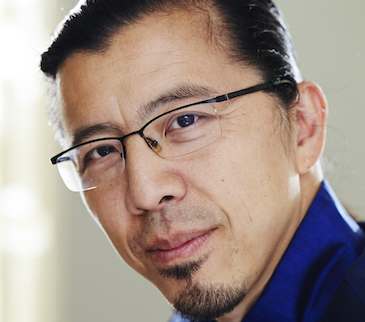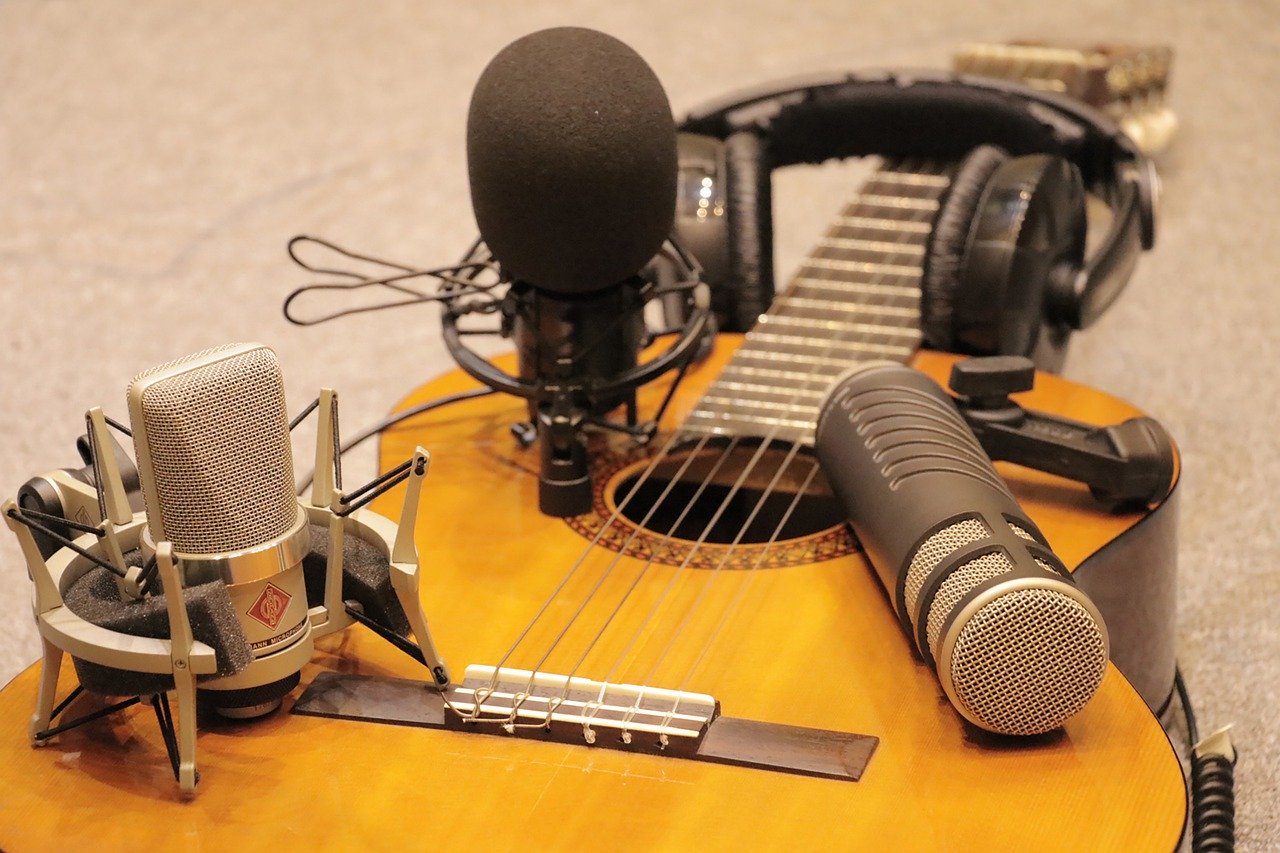Once you have a microphone suited to your recording needs, you have to figure out where to put it to get a good sound. Where to put the microphone depends on the sound you want. On a woodwind instrument like the flute, you might want to capture the lofty sounds of the instrument but minimize the breathing sounds coming from the performer. Putting the microphone one to two feet above the instrument will capture the instrument sound extremely well. It’s far enough away to prevent distortion, while reducing other noises such as breathing sounds and page turns. On a piano, you may want to be inside of the instrument, or you may want to be a little further away depending on the acoustics of the room and your desired sound.
Generally, finding the best place for a microphone involves some experimentation. If the microphone is too close to the instrument the sound distorts and overloads the microphone. If the microphone is too far, the recording will sound more like the space and less like the instrument. You’ll be hearing the echoes in the room. Ideally, with recording, the goal is to capture the direct sound from the instrument.
Musicians are sometimes told to put a microphone 20 feet away so that they can listen to themselves as an audience member and get a better sense of their own playing. In a home environment or small practice room, a 20 foot distance is not always possible.
An easy way to simulate that effect without a lot of post-production is to use height. Get the microphone as high and far away from you as possible to simulate that distance. Depending on the space, maybe also turn the microphone away from the sound source. This will make it sound like it is further away, but it won’t make it sound exactly like the listener’s position in a hall. Obviously you need the real distance to be able to hear that. But while this position is good for hearing from the audience perspective for practicing purposes, it would not be a good setup for a competition recording. By turning the microphone around you get less direct instrument sound, and with the distance you get more reflective sound from the room. Mistakes or imperfections sound worse because that recording position amplifies them. That makes the setup useful for feedback while practicing, but doesn’t show a performance to best advantage for a competition. This example shows how much your specific goals can shape a recording. For different types of recordings, you may end up using different microphone positions.
#college , #business

Michael Primeau
Michael Primeau obtained his Bachelor of Science in Audio Engineering Technology from Lawrence Technological University in Southfield, MI. He began his career as a forensic expert at Primeau Forensics, LTD. in 2009. While Michael has actively worked in the audio and video forensic industry for 8 years, he grew up around it through his father, Edward Primeau. Edward Primeau founded what is now known as Primeau Forensics, LTD. in 1984, 7 years before Michael’s birth. You could almost say that he was born to be a forensic expert.
Michael is currently a member of LEVA (Law Enforcement and Emergency Services Video Association), AES, and IAI. He has completed training through LEVA in Video Forensic Analysis and Photographic Video Comparison. He has also completed training with the University of Colorado Denver Center for Media Forensics in Forensic Audio Authentication and Audio Enhancement and Forensic Image Authentication. He has also certified as a Forensic Video Technician through LEVA. He has worked on investigations ranging from cases in the United States to those in Sweden and Canada. Along with actively working on cases, Michael has consulted with the media on several cases including appearing on The Travel Channel’s popular TV Series Expedition Unknown.
Michael has recorded many classical musicians in Michigan including Sharon Sparrow, Alyssa Primeau, Rudolf Ozolins and many others.



Comments are closed.